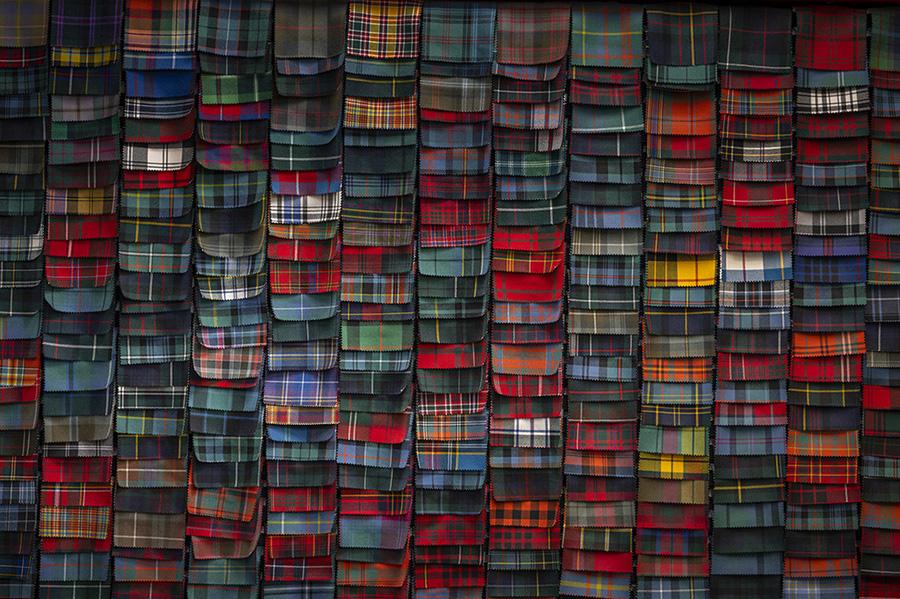What Tartan Can I Wear?
We Scots are renowned the world over for our feisty spirit and propensity to party. Arguably, when it comes to festivities, nobody does it better than us. But what tartan can you wear to these events? The same can be said of our penchant for occasion dressing. After all, nothing says celebration like a full kilt outfit!
Whether you are Scottish or of Scottish descent, there’s no better way to connect with and display your heritage than donning your family’s tartan. But with over 14,000 varieties to choose from, coming in all manner of colours and patterns, how do you know you’re wearing the right one? And what if you don't have any Scottish ancestry, but still want to stand out from the crowd?
That’s where we come in!
We have put together this guide to help you make an informed decision so that you can wear your tartan with pride. If that’s not enough, we created our very own tartan finder to help you answer the question: which tartan am I entitled to wear?
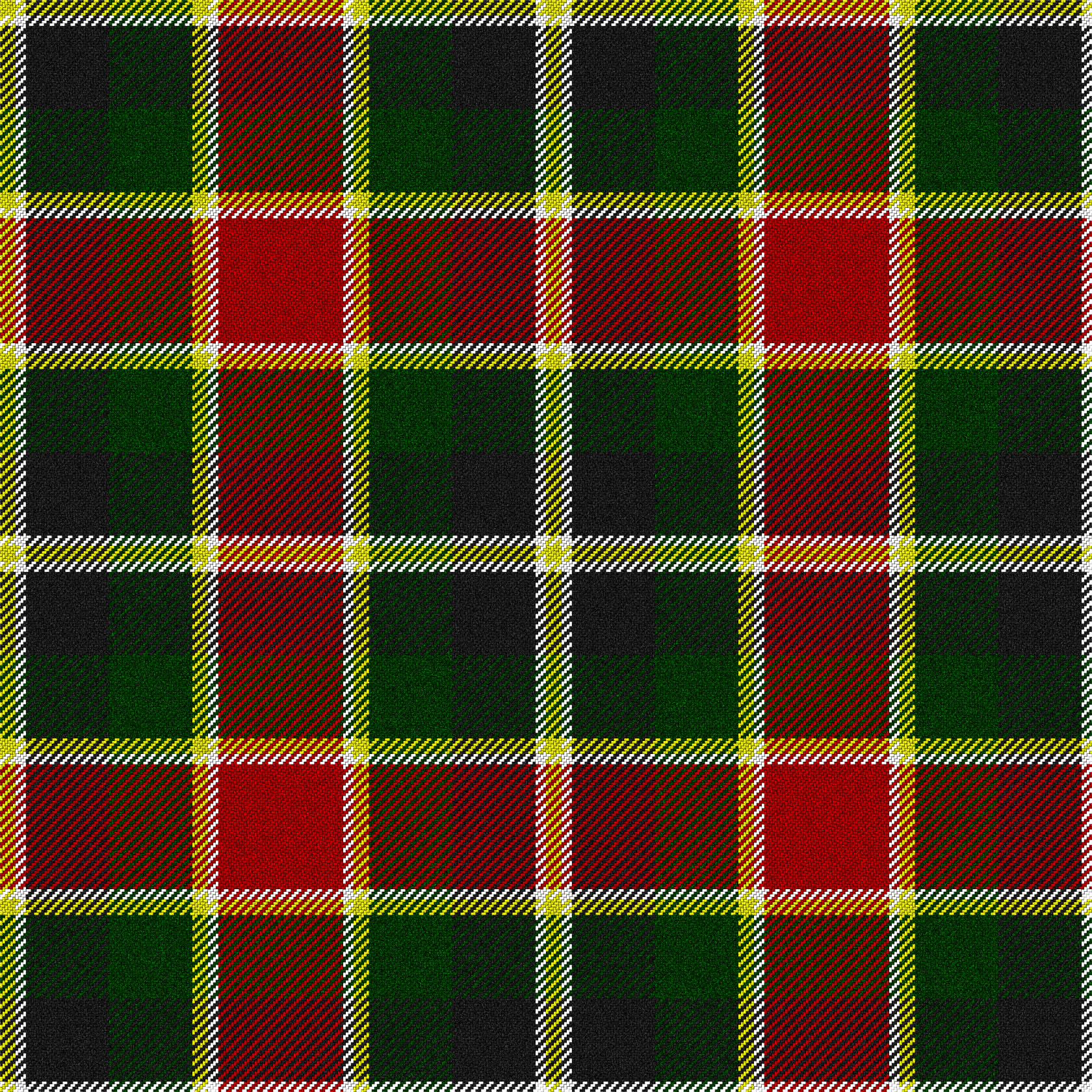
Source: Wikimedia commons
Origin of Tartan
For centuries, people who travel to Scotland have noticed the tartan worn by its inhabitants. Early accounts refer to Scottish tartans as ‘mottled’ and ‘marred’, but perhaps the best description comes from the Gaelic word breacan, meaning chequered.
This is because ‘chequered’ best describes tartan’s aesthetic: the check-like pattern—the ‘sett’—which is repeated over and over again until the desired length of cloth is achieved. For many years, tartan was the garb of Highlanders—Lowlanders, who comprise the bulk of the Scottish population, viewed those who wore it with contempt. They dismissed the Highlanders as barbarous, bare-legged savages, attributing them with the derogatory epithet: ‘redshanks’.
Due to its close affinity with Highlanders and their bloody battle culture, tartan became synonymous with clan kinship. As a result, in an attempt to bring warring clans under government control, tartan was outlawed by the Dress Act in 1746.
During the ban, Scottish romantics wore tartan as a form of protest and, with this, a new persona of the Highlander was born. No longer perceived as uncouth barbarians, the clansmen of Scotland became respectable, kilted versions of the ‘noble savage.’
Tartan was (and still is) used to produce items of clothing that today are considered as the Scottish national dress, including the kilt and, of course, the trews.

Source: Wikipedia Commons
Tartan Related to Surnames
The easiest way to find your tartan is to search using your surname. However, you may not get a match due to its spelling changing over time. With some variations coming from Gaelic, the spellings of Scottish surnames have evolved over the centuries. For example, the name Murray started as Morrey.
Therefore, in order to determine the right tartan for you, it’s worth doing a little research into the origins of your surname. That way, using an old variation of your family name, you may find a tartan exists for you—even if you didn’t think it did.
So, if your name is ‘McDonald’, try searching with the variation ‘MacDonald’. ‘Mc’ is just an abbreviation of ‘Mac’ (think Shakespeare’s ‘Macduff’) so you may find this throws up some results. Or, if your name is ‘Stevenson’, try searching ‘Stephenson’ as it is likely the spelling of your family name has been altered over the years.
We want to help you identify a tartan fit for you. But first of all, a bit of work on your end will go a long way to locating that perfect match. Have a look at your family history and see what surnames are Scottish!
Your tartan is out there; we just have to do a little digging. Like detectives, we can piece together the clues of your inner Scot, who’s in there, somewhere, waiting to be unleashed like a ferocious clansman wielding a bloody axe and screaming ‘FREEEDOM!’
Ok… maybe not.
But still, let’s try to find the right tartan for you so that you can get in touch with your wee Scottish self.
(Disclaimer: the historical validity of Mel Gibson’s Braveheart is highly questionable—it is unlikely that William Wallace wore a kilt at all.)
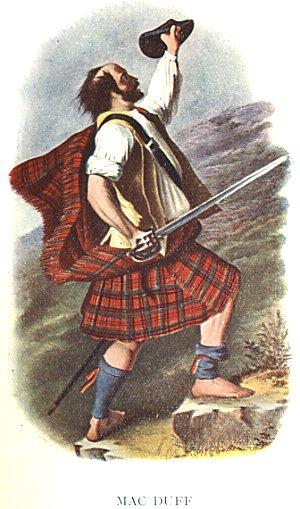
Source: Wikimedia Commons
Clan Tartans
One way to determine if there is a tartan for you is to research if your family belonged to a clan at some point over the course of history. Scottish clans were comparable to extended family groups—the majority of members were blood relatives or descendants from shared lineage.
Finding your Clan
Finding your ‘clan connection’ is not an exact science. This is because back in the days when clan warfare was rife, it was advisable to seek refuge from the strongest clan in the neighbourhood, regardless of your surname or potential blood ties to the clan chief.
Loyalties changed over time, and some family names have links to more than one clan. Very often, this information was passed down verbally through the generations. For this reason, grandparents and great grandparents may hold vital clues to help you piece together your potential Scottish heritage.
Clan Colours
Scottish clan colours were used to mark which clan you belonged to so that you were easily identifiable in battle. A hat, or bonnet of knitted wool, would proudly sit upon the head of the clansman and he would sport his clan’s tartan with honour.
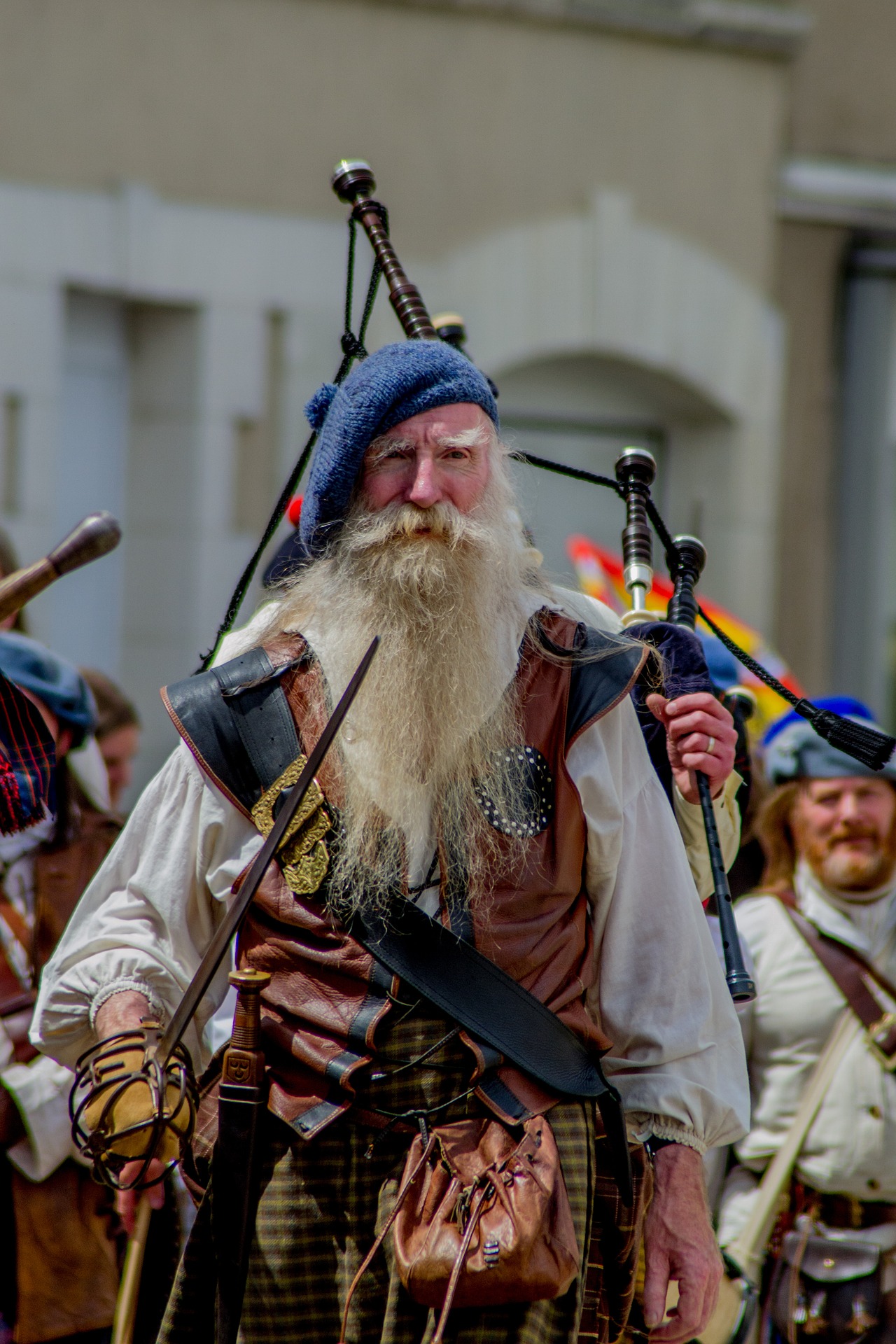
Source: joe36240
Septs
If your surname doesn’t have a clan tartan of its own, there’s a chance it is linked to a ‘sept’. Septs are surnames that, while not pertaining to a clan, are associated with another clan—think of a sept as a division of a family.
In the context of Scottish clans, septs are families that followed another family’s chief. These smaller septs then comprised, and formed part of, said chief’s wider clan.
For example, the name Reid can be associated with the Clan Robertson. Members of the Reid family should, therefore, wear the Robertson tartan. Other notable examples include the surname Miller—which was a sept of Clan MacFarlane and Taylor—which was a sept of Clan Cameron.
(Pictured below is a romanticised depiction of a member of the Cameron Clan by R. R. Mclan, from The Clans of the Scottish Highlands, published in 1845).
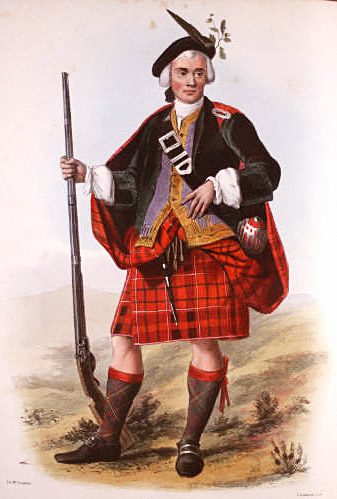
Source: Wikimedia commons
What Tartan Can You Wear if You Have No Scottish Heritage?
Luckily, for those with no Scottish blood or ancestry, there are universal tartans and non-clan tartans they can wear. These types of tartan include Highland Granite, Isle of Skye and Black Watch.
Highland Granite
According to the Tartan Register, the colours of this tartan ‘reflect the imposing scenery when journeying north from Perth to Inverness or through to Royal Deeside, granite being the predominant composition of the surrounding unique hills & mountains’.
‘This tartan is for those wishing to embrace the growing popularity of the kilt. They may either have no strong clan tartan connection or who wish to wear a tartan different from their own.’
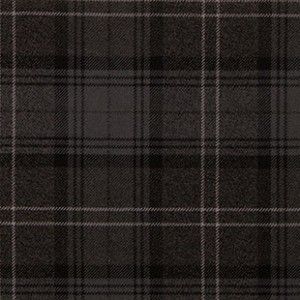
Source: Lochcarron
Isle of Skye
This tartan’s colours have been designed to echo the alluring and striking natural beauty of the Isle of Skye, referred to as the Misty Isle.
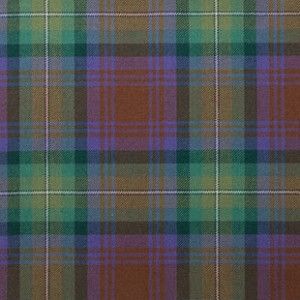
Source: Lochcarron
Black Watch
The original Black Watch was a Highland Regiment; they initially wore dark colours. However, unlike its name, this tartan’s colours are mainly blue and green with yellow, white and red in some styles.
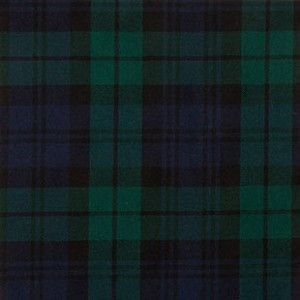
Source: Lochcarron
If you’re still unsure, why not design your own tartan? This is a fun and imaginative way to express your individuality and creativity and can be achieved through our Tartan Design Service.
How to Choose your Tartan
To summarise, here are four easy ways to choose a tartan:
- First, start by searching for your own family name. Don't forget: try different spelling variations as they may have evolved over time.
- If that doesn’t work, broaden your search by including other family names. Your mother’s maiden name, grandparent's names, uncles and aunties names will open up your possibilities.
- Try researching your surname to see if it is associated with any septs. Then you can wear the tartan of whichever clan your name is linked to.
- If this still throws up no results, don’t worry! There are plenty of universal, county, national and regional tartans that you can use. For Irish names, there is a tartan for each county, as well as a national Irish tartan. There is even an Amnesty International Tartan for those with links to the organisation.
So, if you don’t have Scottish links, you can still take part in an age-old Scottish tradition and sport our national dress. Thank goodness for that...
We wish you all the best in your search!

